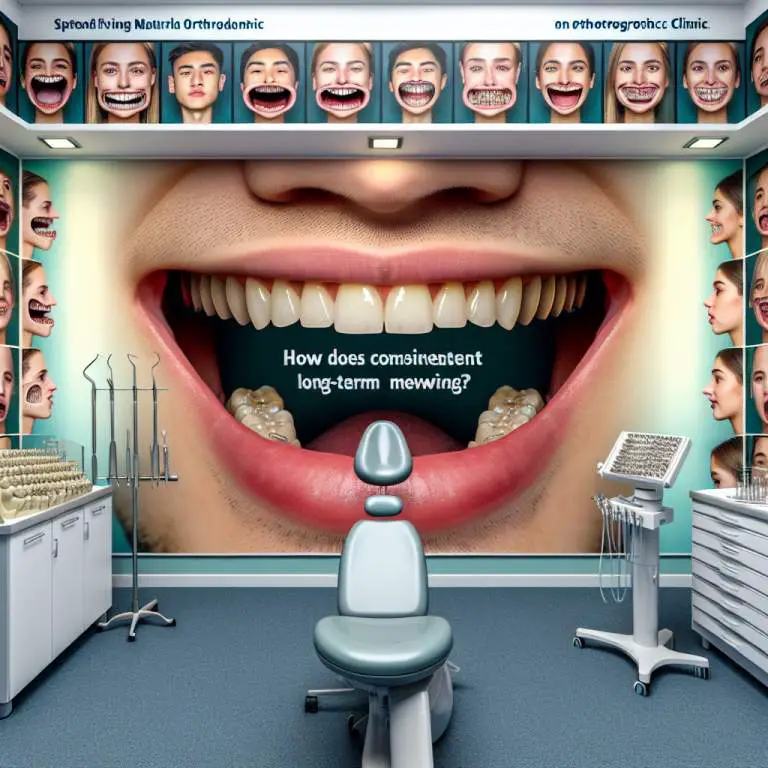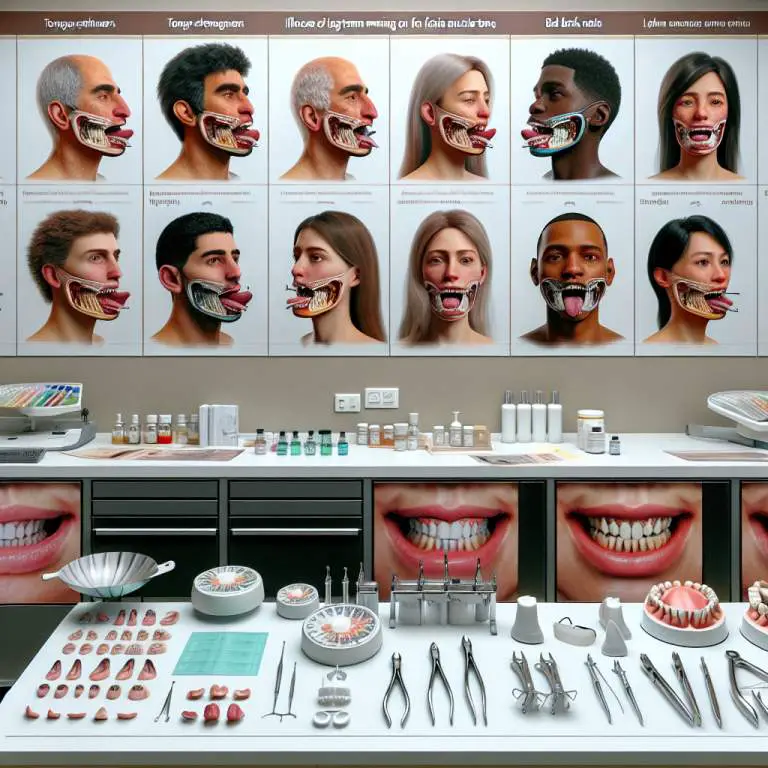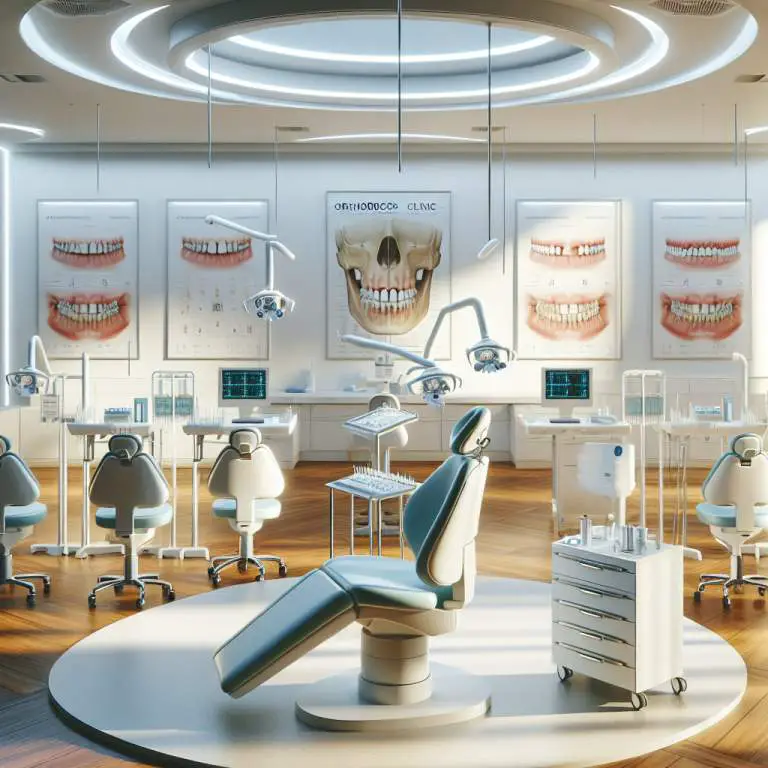What are the community-reported long-term effects of mewing?
People in the mewing community report several long-term effects from practicing this technique. Many say it has reshaped their jawline, making it more defined and sharp. Others mention improvements in breathing and posture. However, experiences vary widely among individuals, with some noting little to no change.

How Does Mewing Work and What Does It Aim to Achieve?
Mewing is a technique that involves positioning your tongue against the roof of your mouth. This position is supposed to help with the way your jaw and face look. The idea is that by doing this, you can make your face shape better over time.
The goal of mewing is not just about looking different. It’s also about helping people breathe better and improve their posture. When you place your tongue in the right spot, it’s thought to help align your jaws correctly. This can lead to a healthier way of breathing and sitting or standing straighter.
What Are the Common Techniques Associated With Mewing?
To start mewing, you need to learn how to place your tongue properly. The tip of your tongue should be just behind your upper front teeth on the roof of your mouth. Then, the rest of your tongue should flatten out across the top of your mouth. This might feel weird at first, but it’s the basic step.
Another important part of mewing is making sure you’re breathing through your nose, not your mouth. This helps keep the tongue in its correct position. Also, keeping your lips together but relaxed is part of the technique. These steps combined are what make up mewing.
Can Mewing Actually Change Facial Structure in Adults?
There’s a lot of talk about whether mewing can really change how an adult’s face looks. Some people say it has helped them see changes in their jawline or cheekbones after doing it for a while. However, it’s important to remember that everyone’s body reacts differently.
Experts have different opinions on this topic too. Some believe that since adults’ bones are no longer growing like kids’, big changes might be hard to achieve. But small improvements in posture and how the muscles work could still make a difference in appearance over time.
What Are the Initial Changes Users Report When Starting Mewing?
When people first start mewing, they often notice some immediate differences, even if they’re small. One common thing people mention is feeling like their breathing gets better. They might find it easier to breathe through their nose instead of their mouth.
Another thing some users report is feeling a slight pressure or discomfort on their jaw or palate when they first try mewing correctly. This usually means they’re using muscles they haven’t used much before. Over time, this feeling tends to go away as they get used to the new tongue position.
<
< td >Posture Improvement td >< td >4 – 10 months td >< td >All ages td >< td >Better neck and head posture, reduced forward head posture td > tr > < td >Dental Health Benefits td >< td >Continuous practice td >< td >All ages td >< td >Less crowded teeth, improved bite alignment td > tr > < td >Speech Clarity Enhancement td >< td >6 – 12 months t d >< t d >All ages < /t d >< t d >Clearer speech, easier pronunciation of certain sounds < /t d > tr >< /table>
How Long Do Practitioners Typically See Results From Mewing?
People who start mewing often wonder how quickly they can expect to see changes. The answer varies greatly from person to person. Some individuals report noticing subtle improvements in their jawline and facial structure within a few months of consistent practice. However, for most people, significant changes might take a year or more of diligent effort.
It’s important to remember that mewing is not a quick fix. The process requires patience and persistence. Factors such as age, genetics, and the consistency of practice play a crucial role in how fast one sees results. Younger individuals tend to observe changes quicker than older adults due to the greater malleability of their facial bones.
What Are Some of the Positive Long-Term Effects Reported by the Community?
The mewing community has shared numerous positive outcomes from long-term practice. One of the most commonly reported benefits is an enhanced jawline, giving the face a more defined appearance. Additionally, many practitioners have noted improvements in their breathing patterns, attributing this change to the proper alignment of their tongue and jaw.
Beyond physical transformations, some individuals also report better posture and reduced neck and shoulder pain. This could be due to the holistic approach mewing takes towards oral posture, potentially alleviating strain on surrounding muscles. These long-term effects highlight why many continue with mewing despite the slow progress.
Are There Any Negative Side Effects or Risks Associated With Long-Term Mewing Practice?
While mewing is generally considered safe, there are potential risks if done incorrectly. One common issue is applying too much pressure with the tongue against the teeth, which can lead to dental problems over time. It’s crucial for practitioners to focus on correct tongue placement without exerting excessive force.
Another concern is that some individuals may develop temporomandibular joint (TMJ) issues if they strain their jaw muscles excessively while trying to maintain the mew position. To minimize risks, it’s advisable for beginners to seek guidance from professionals or experienced members of the mewing community before starting.
Final Thoughts
Mewing offers an intriguing possibility for those looking to improve their facial aesthetics naturally. While results vary widely among individuals, consistent practice can lead to noticeable changes over time. The key lies in patience and maintaining proper technique.
However, like any self-improvement technique, it’s essential to approach mewing with realistic expectations and awareness of potential risks. Consulting with healthcare professionals before making significant changes to your routine can provide additional safety and peace of mind as you embark on your mewing journey.
| Result | Duration | Age Group | User Reported Changes |
|---|---|---|---|
| Improved Jawline Definition | 6-12 months | 18-25 years | Sharper jawline, more pronounced chin |
| Better Facial Symmetry | 1-2 years | 16-30 years | More balanced facial features, reduced asymmetry |
| Nasal Breathing Improvement | 3-6 months | All ages | Easier nasal breathing, reduced mouth breathing at night |
| Cheekbone Definition Increase | 8-18 months | 20-35 years | Higher, more defined cheekbones td> |







